Did you know that you can learn Korean writing in under an hour? It is structured much more logically than Chinese or Japanese characters and is even simpler than the Latin alphabet! The Korean script was invented in the 15th century and was deliberately intended to replace the difficult-to-learn Chinese characters with an easy-to-learn and logical system.
We have thought of some mnemonics for you that will help you remember the writing really quickly. Just follow our little guide and you will be surprised how easy it is:
1. First you need to learn these 17 characters:
The basic characters of Korean writing are these 17 characters. With our mnemonics it will be extremely easy for you to remember their pronunciation!
| Sign | Pronunciation | Mnemonic bridge |
|
ㅇ |
None, just a placeholder |
What else could represent “nothing” but an empty circle? |
|
ㅂ |
Similar to the German one |
The sign looks like a cup , right? |
| ㄷ |
Similar to the German D |
The symbol consists of three lines, so the mnemonic is three |
| ㄱ | Similar to the German G | It looks a bit like a gun , doesn't it? |
| ㄹ | A mix of L and R |
The line first goes from left to right and then changes direction several times, so it is one Change of direction . |
| ㅁ | Similar to the German M | Clearly an M and, right? |
| ㄴ | Similar to the German N | It could be the nose of a face looking to the left, right? |
| ㅍ | Similar to the German P | It looks a bit like the Roman symbol for 2, which is 1 plus 1, right? |
| ㅅ | Similar to the German S | S tip (but not pronounced like “Sch”, but like “S”) |
| ㅣ | Similar to the German one I |
We don't have to say anything about that, do we? |
| ㅗ | Similar to the German one O e.g. in above |
The position of the small line is at the top. |
| ㅜ | Similar to the German one U |
The position of the small line is below . |
| ㅓ | Similar to the German one O e.g. in the east |
The long line is to the east of the small line Pay attention to the different pronunciation of the Os in East and above, the same difference also exists in Korean. |
| ㅏ | Similar to the German one A |
The small line provides space between the next character |
| ㅔ and ㅐ |
Similar to the German one Ä |
Two lines = two dots like on the Ä |
| ㅡ | Unfortunately, this sound doesn't exist in German, but it sounds something like a mixture Ü and E |
It could be a bridge , right? |
That's really not many, is it? With our mnemonics, you'll definitely be able to memorize them in a very short time!
2. Note these sound changes
Some consonants can be changed from a soft sound to a hard sound by adding another line, which then looks like this:
| Sign | Pronunciation |
| ㄱ→ㅋ | Similar to the German one K |
| ㄷ→ㅌ | Similar to the German one T |
| ㅇ→ㅎ | Similar to the German one H |
| ㅅ→ㅈ | Similar to English J such as in jeans |
| ㅈ→ㅊ | Similar to English Ch such as in Chicken |
3. Character combinations
Some characters change pronunciation when combined. But don't worry, there are only a few!
| Sign | Pronunciation |
| ㅃㅉㄸㄲㅆ | These double characters are simply pronounced with a little pressure when speaking, but otherwise sound roughly the same as their simple variant. |
| ㅛㅠㅕㅑㅖㅒ | Two lines simply result in you putting a (German pronounced!) J in front of it. So specifically: JO JU JO JA YÄ and also YÄ |
| ㅘ | Similar to the combination of O and A, but more precisely it sounds like WA |
| ㅝ | Similar to the combination of O and A, but more precisely it sounds like WHERE |
| ㅟ | Similar to the combination of U and I, but more precisely it sounds like WI |
| ㅚㅙㅞ | All of these characters will look something like this WH pronounced. |
| ᅴ | Actually, this character is pronounced like a combination of ㅡ and ㅣ, but since this is very difficult for German beginners, we'll just pronounce it like that ㅡ out alone. My experience has been that the Koreans then understand it better than my helpless attempts to actually pronounce it correctly. |
Well, that was really all the signs. We are sure that if you just read the above sections a few times, you will memorize them in a really short time.
4. Assemble blocks
Maybe it seemed strange to you up until now that the above characters should have actually been all of them, after all you actually see a lot more characters in Korean texts! But that's only because Korean writing isn't just read from left to right, but up to three characters can be put together to form a block, which you then read completely before moving on to the next block. A Hangul can never stand alone and must always be written as a block. It's best to take a look at it in an example:
| block | Pronunciation |
| 이 | I For this, the Koreans need the “nothing” sign: a Hangul can never stand alone. |
| 비 | Bi |
| 디 | Tue |
| 기 | Gi |
| 리 | Ri |
| 미 | Wed |
| 니 | Ni |
| 피 | pi |
| 시 | Si |
Easy, right? You can also add another consonant underneath, which will look like this, for example:
| block | Pronunciation |
| 신 | Sin (Korean for “God”) |
| 긴 | Gin (Korean for “long”) |
There are two small special rules:
| block | Pronunciation |
| 강 | At the end of a block, ㅇ becomes like ng pronounced. So here corridor |
| 옷 | At the end of a block, ㅅ becomes like t pronounced. So here Ot |
Complete! We left out a few small and rare special rules, but with that you should be able to read 95% of all Korean words. Really not difficult, right?
5. Exercises
Can you match these Korean words to the Latin transliterations?
| Hangul | Latin transcription |
|
바나나 친구 옷 라디오 자다 학생 강 |
Radio (Korean for “radio”) Gang (Korean for “river”) Chingu (Korean for “friend”) Jada (Korean for “sleep”) Haksäng (Korean for “student”) Banana (Korean for “banana”) Ot (Korean for “clothes”) |

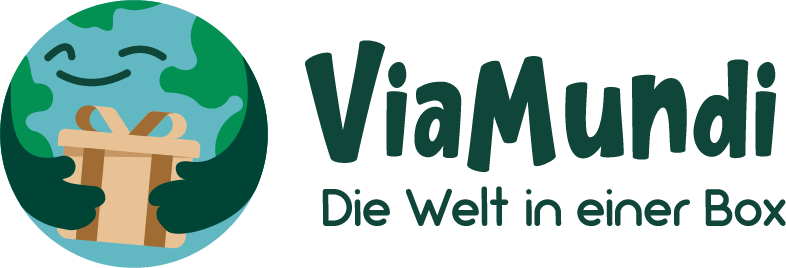

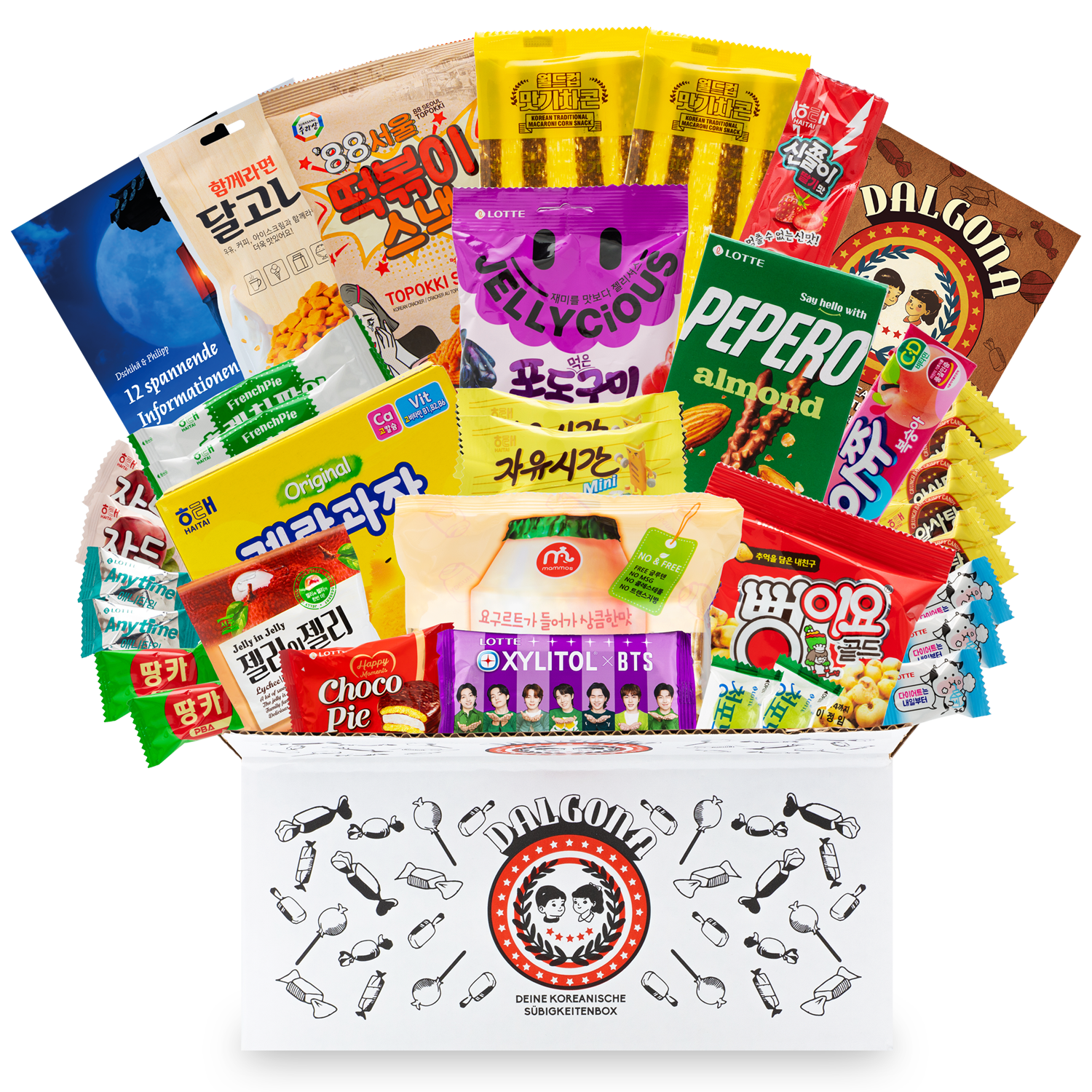
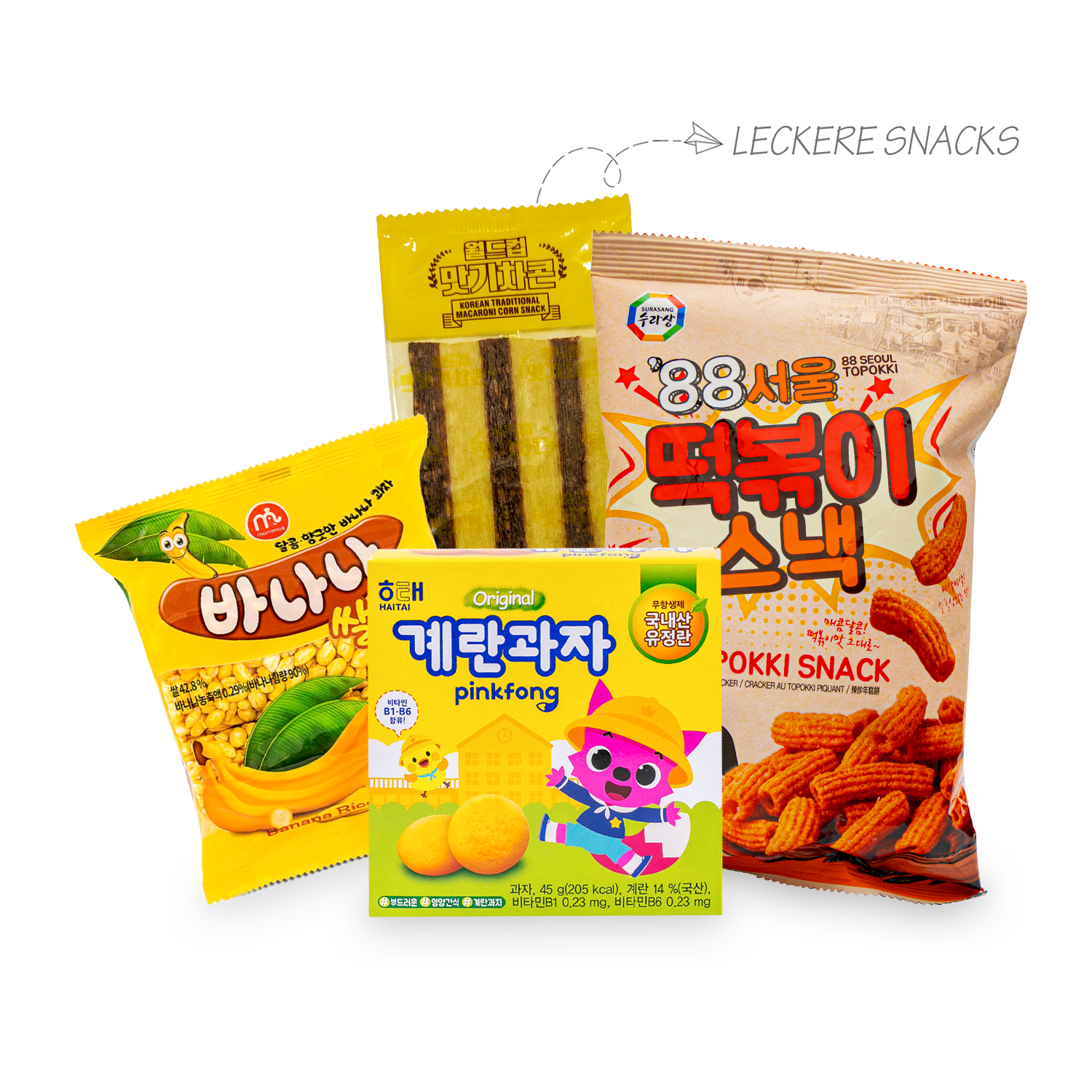
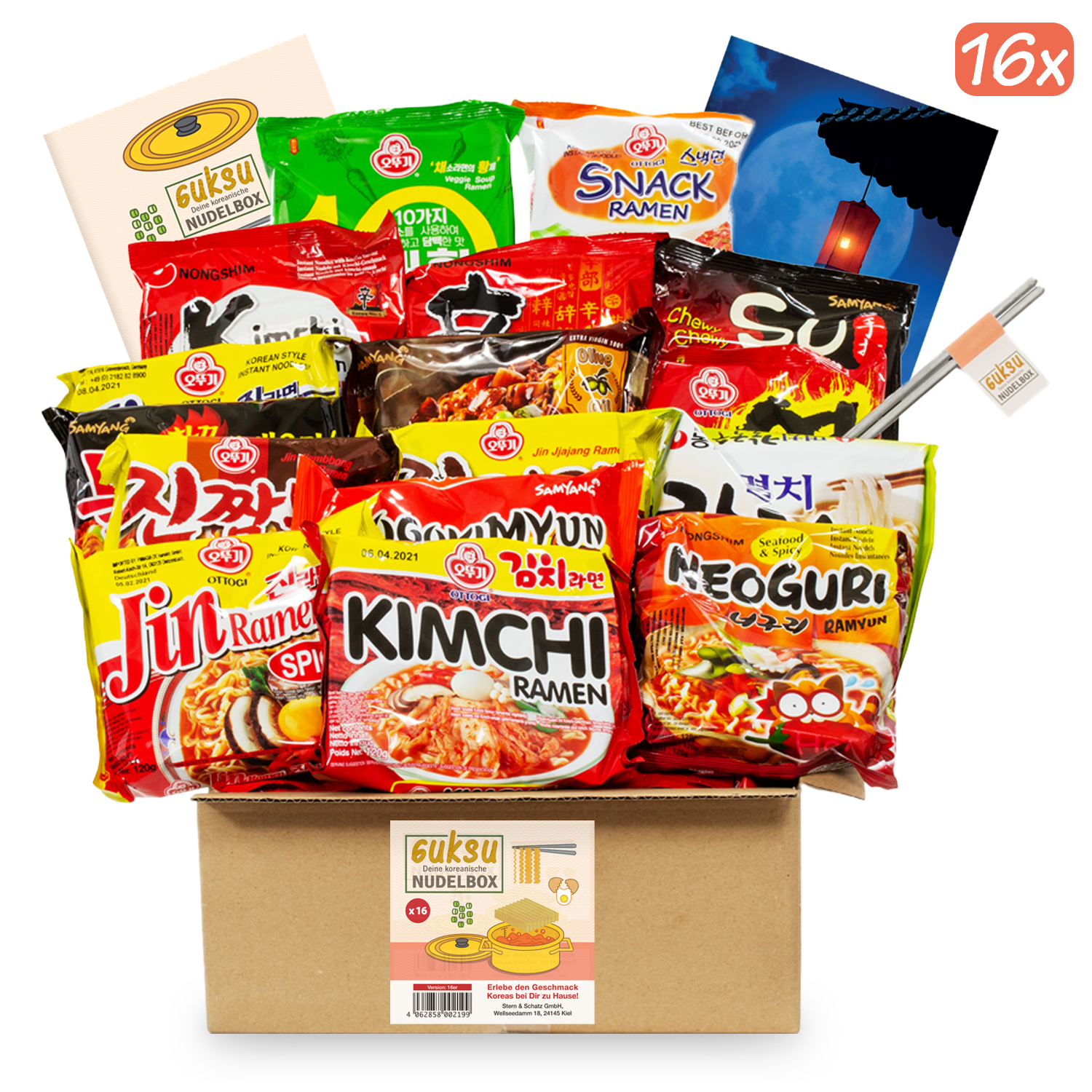
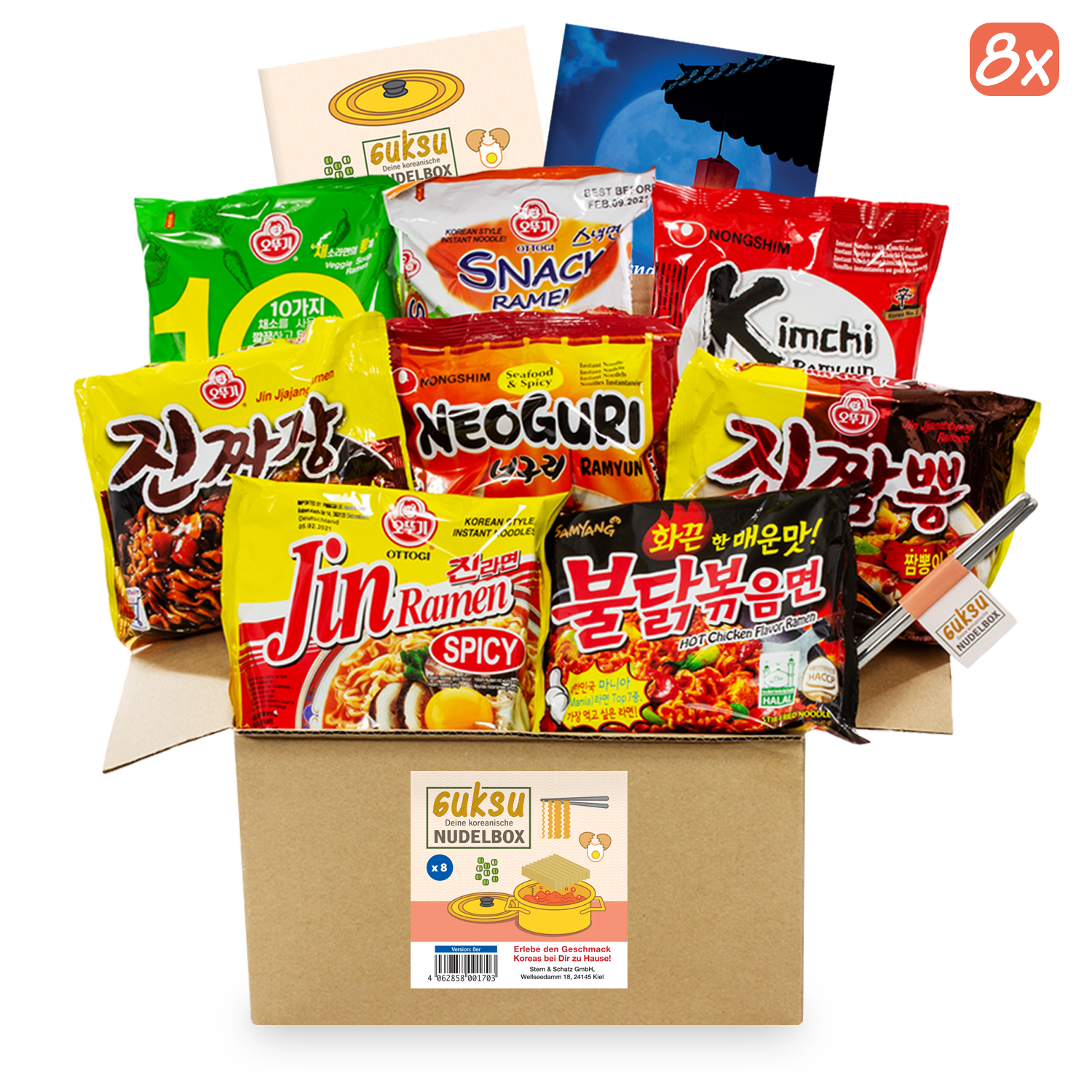
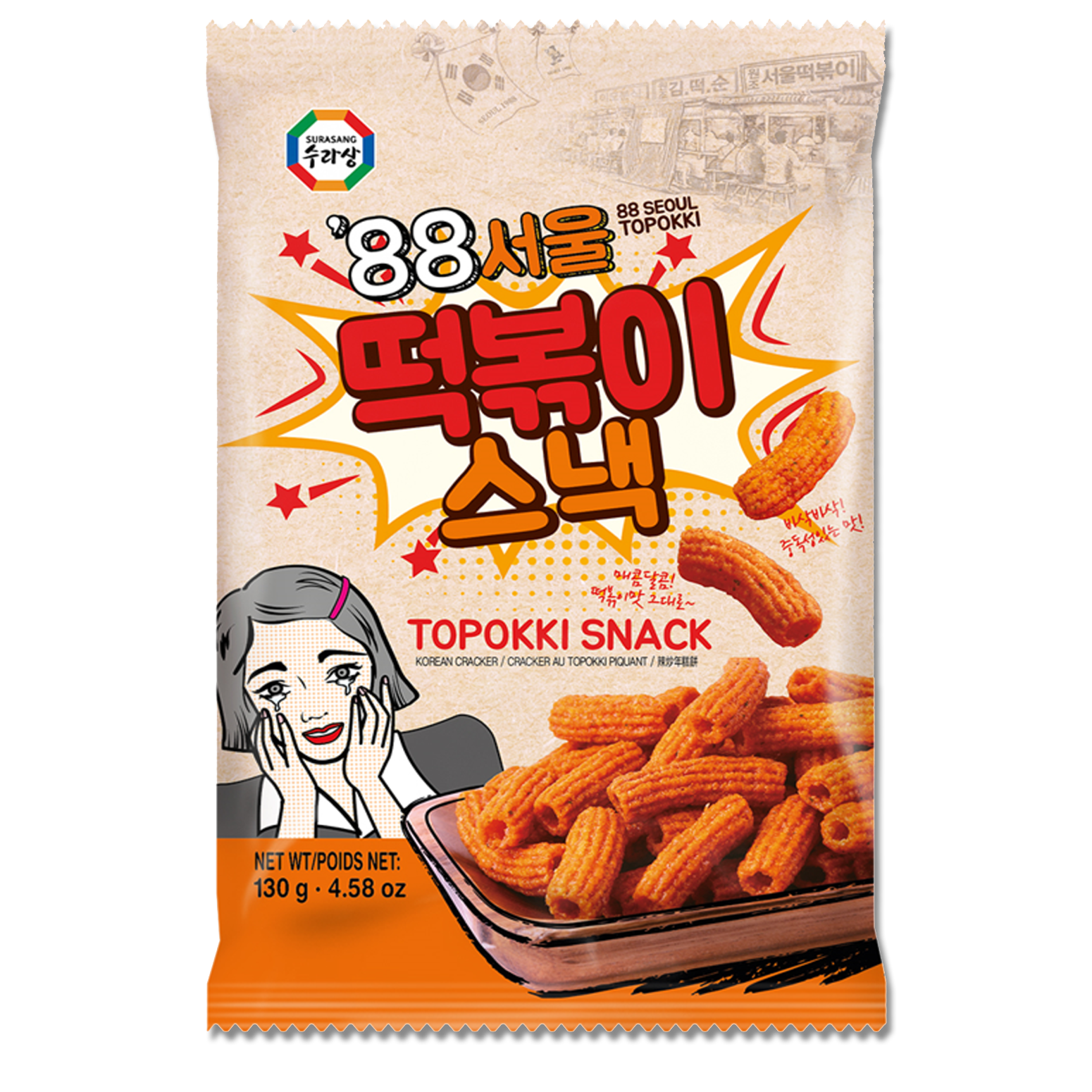

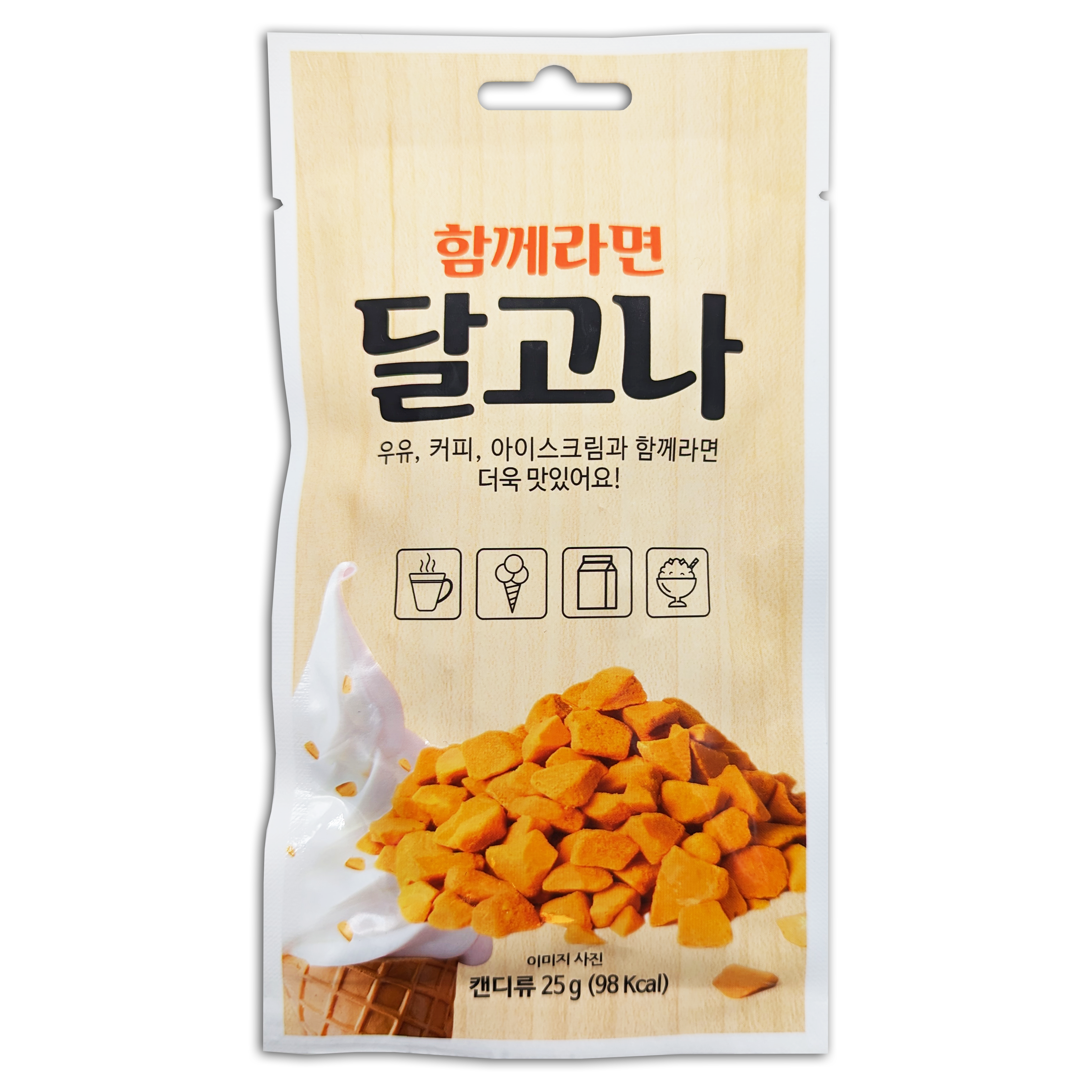
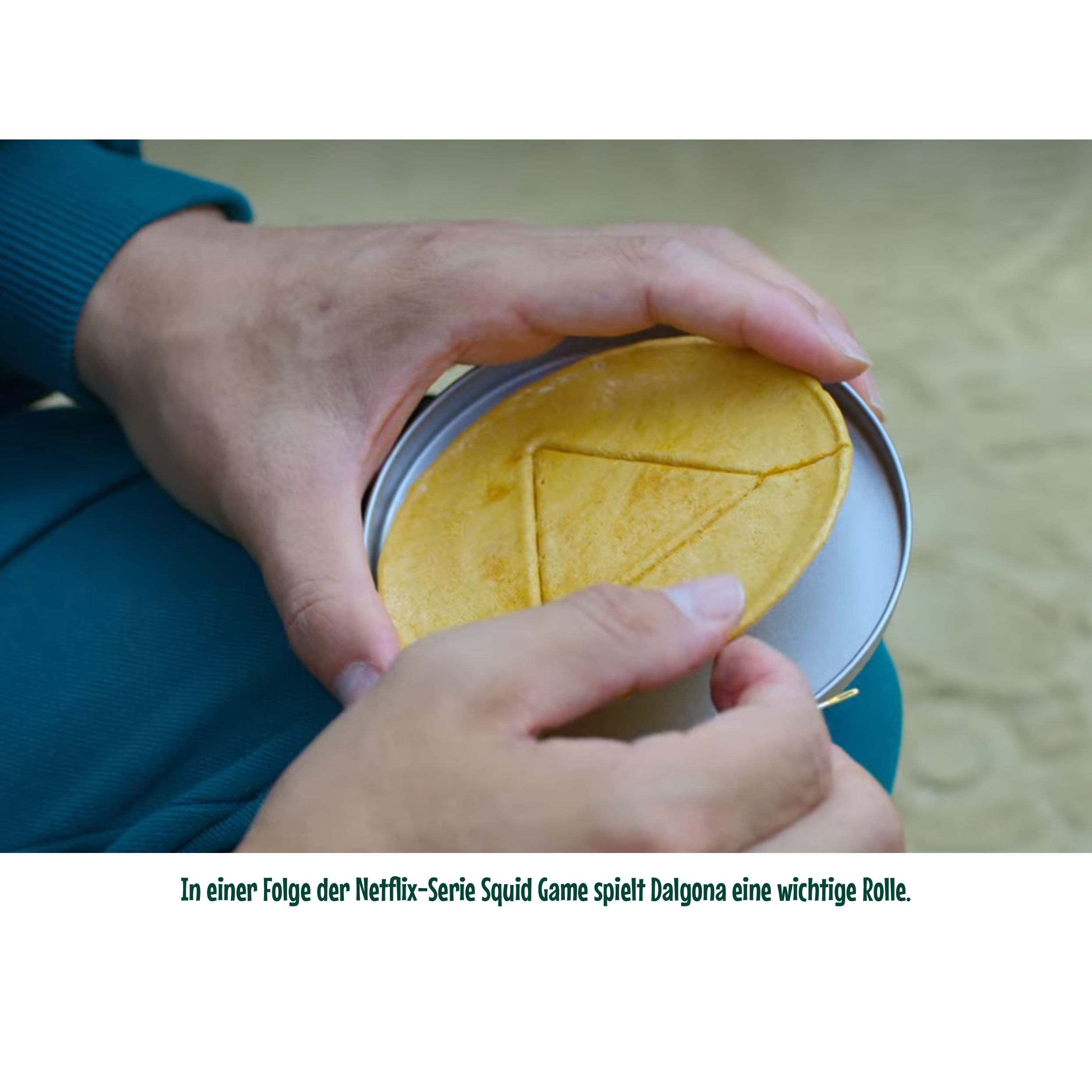


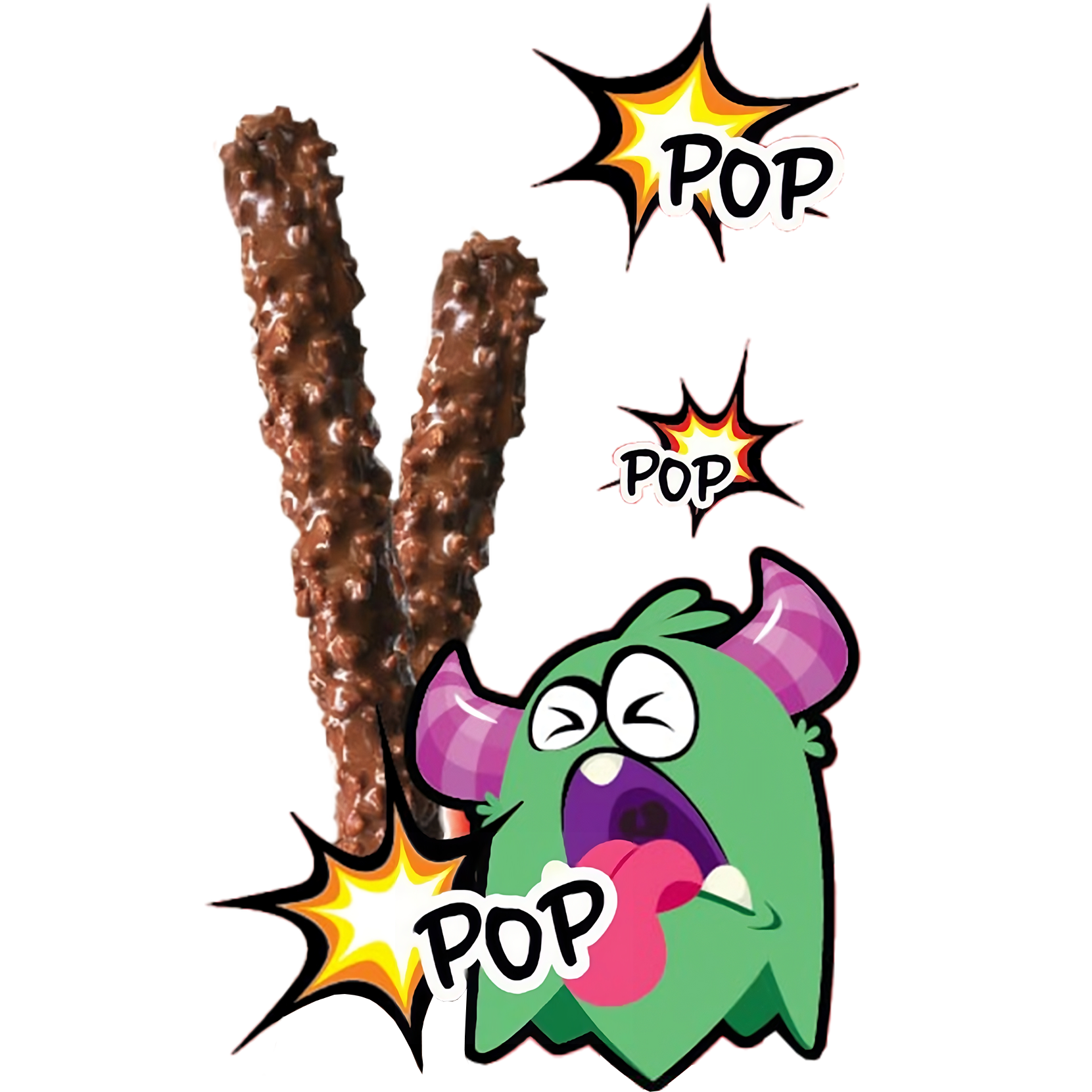
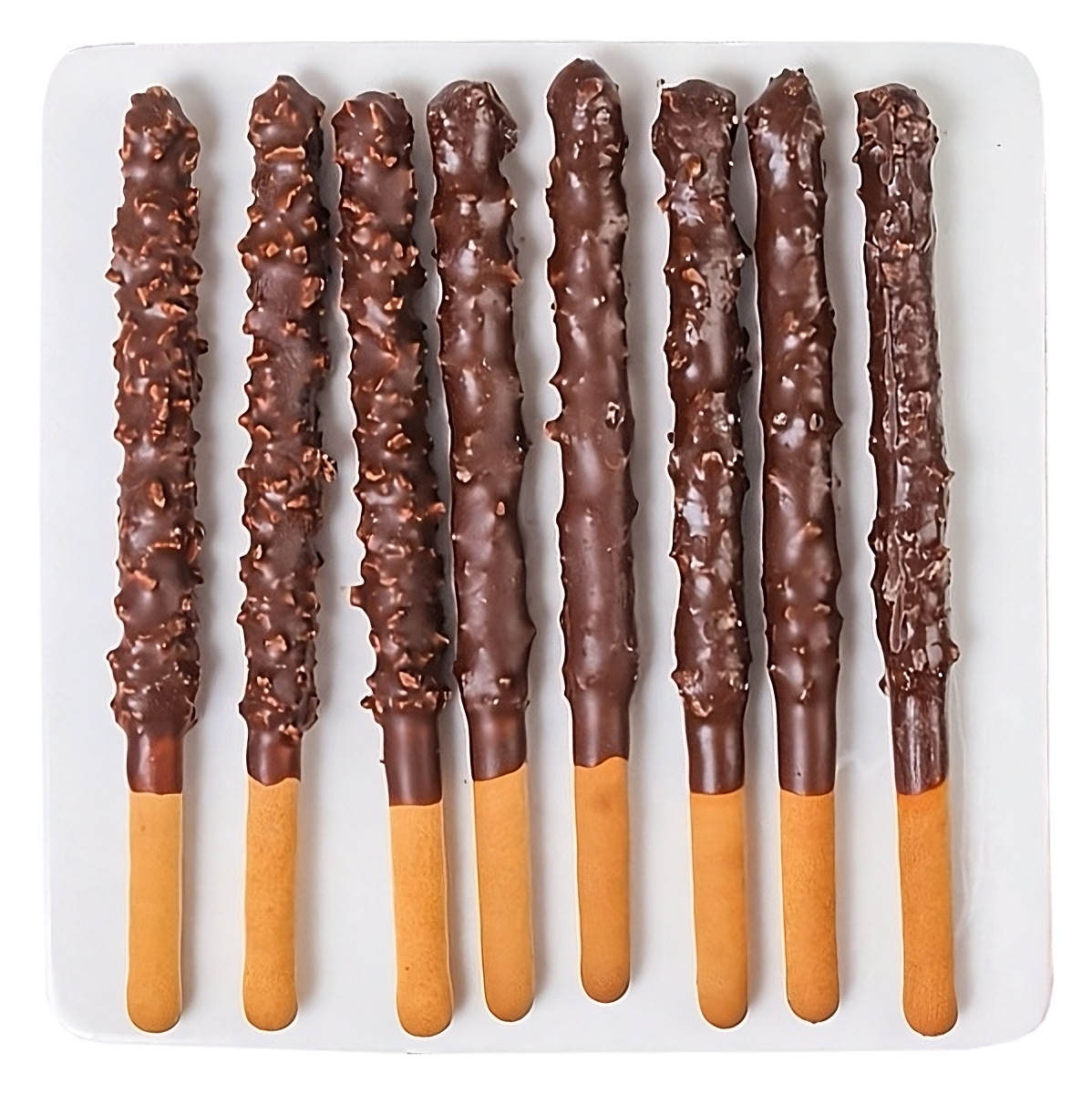

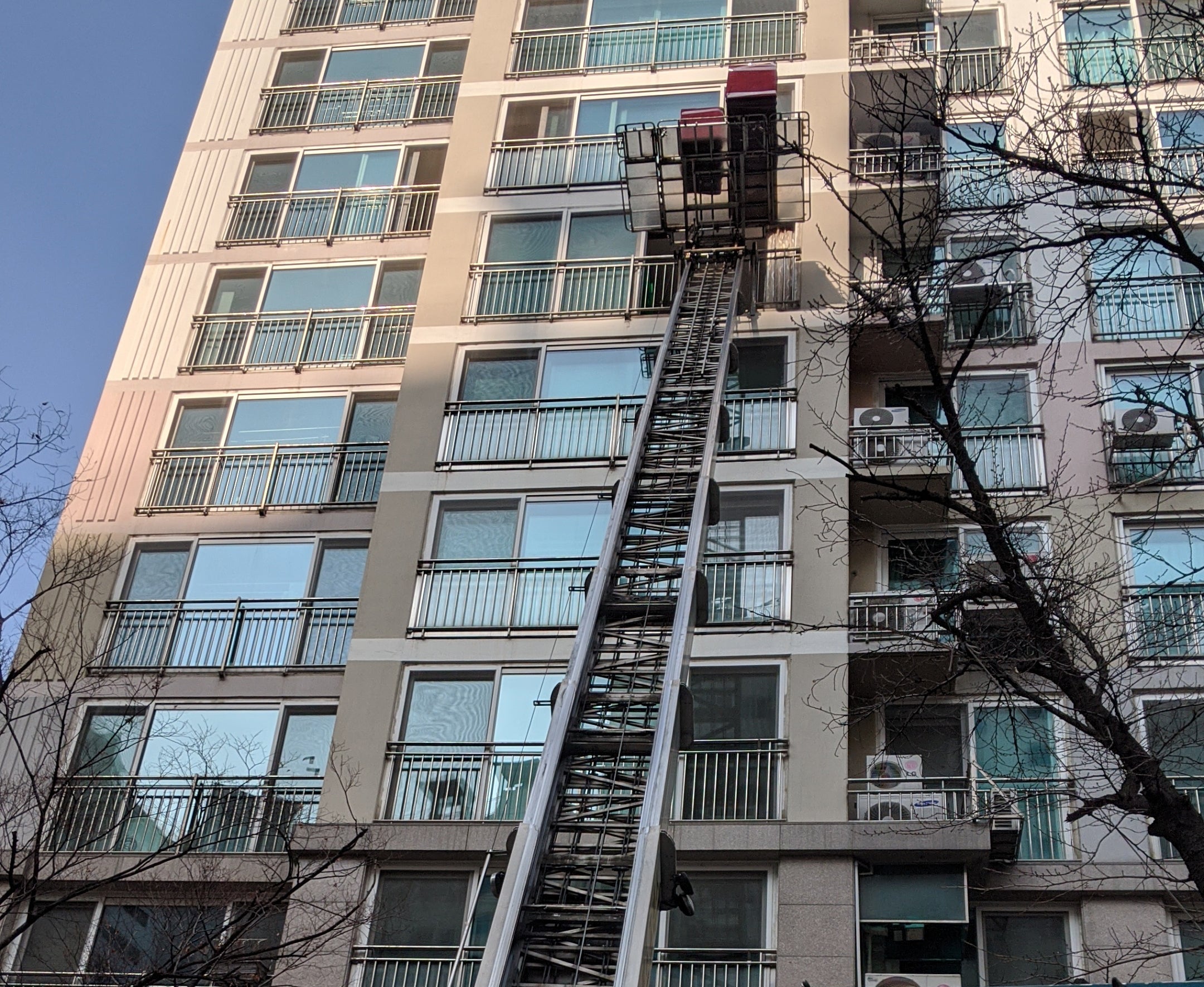

6 comments
L
Endlich habe ich eine Website gefunden, mit der man leicht koreanisch lernen kann! Dankeschön!
Dime
Muss lernen!
Dime
Muss lernen!
Lena
sehr hilfreich danke habt ihr noch tipps versuche hangul zu lernen wegen bts das ich die texte verstehe
Gabi
Eure Seite für Hangul, besonders die Eselsbrücken, sind sehr hilfreich!
Leave a comment
This site is protected by hCaptcha and the hCaptcha Privacy Policy and Terms of Service apply.